Tartu is the second largest city in Estonia and the oldest city in the Baltic countries. Tartu’s old town attracts tourists. The panorama from the top of Toome Hill is particularly noteworthy. Walk under the romantic Bridge of Angels and its twin, Devil’s Bridge, and be inspired by the city’s cultural spirit. This magical city is worth exploring on foot. Don’t forget to also visit the Old Anatomical Theater and the Old Observatory, which houses the world’s best telescope.


Public Transport – Towards Tallinn
Trains: to Tartu they leave from Tallinn Railway Station 3-4 times a day and the journey takes 2 hours. The train station is located on the outskirts of Tallinn’s old town, and the journey itself is very convenient.
Bus: between Tallinn and Tartu runs almost every half hour, daily from 5.45 a.m. to 11.59 p.m. Tickets cost around €10 and can be purchased at the ticket office at the bus station or from the driver. The journey takes from 2.5 hours to 3 hours, depending on traffic.
SIGHTSEEING
AHHAA Science Center
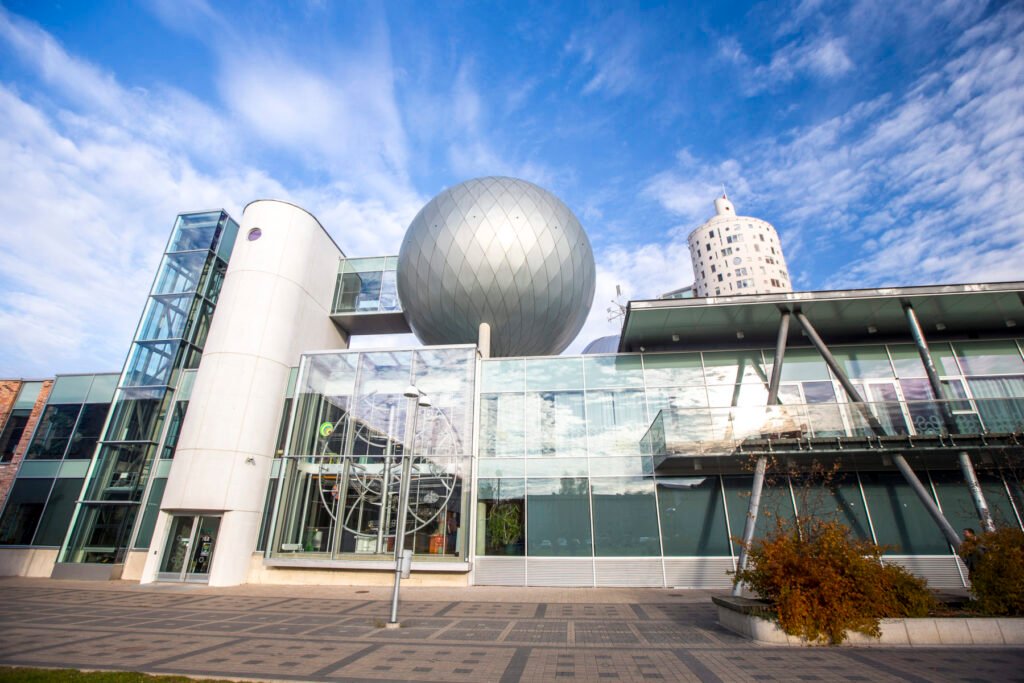

The Science Center was established in 1997 and has been developing dynamically since then. AHHAA’s goal is to bring science to everyone using interactive and entertaining methods and the scientific excellence of the 380-year-old University of Tartu. Today, the center has three different workplaces: the main building in Tartu, the exhibition hall in Tallinn and the 4D adventure cinema in Tartu Lounakeskus.
Tartu Cathedral
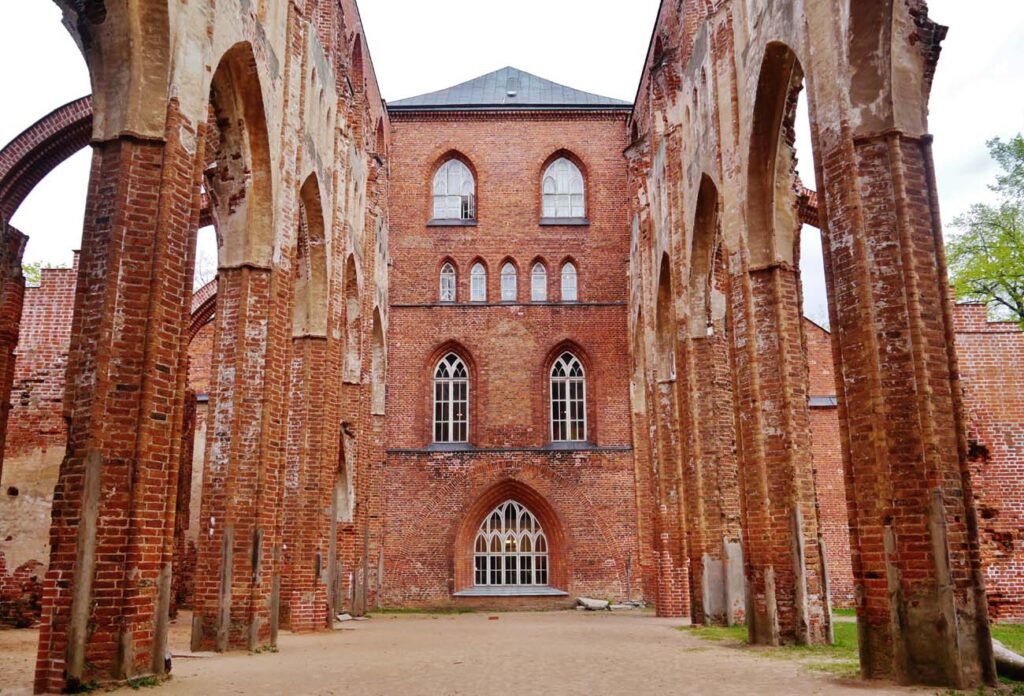
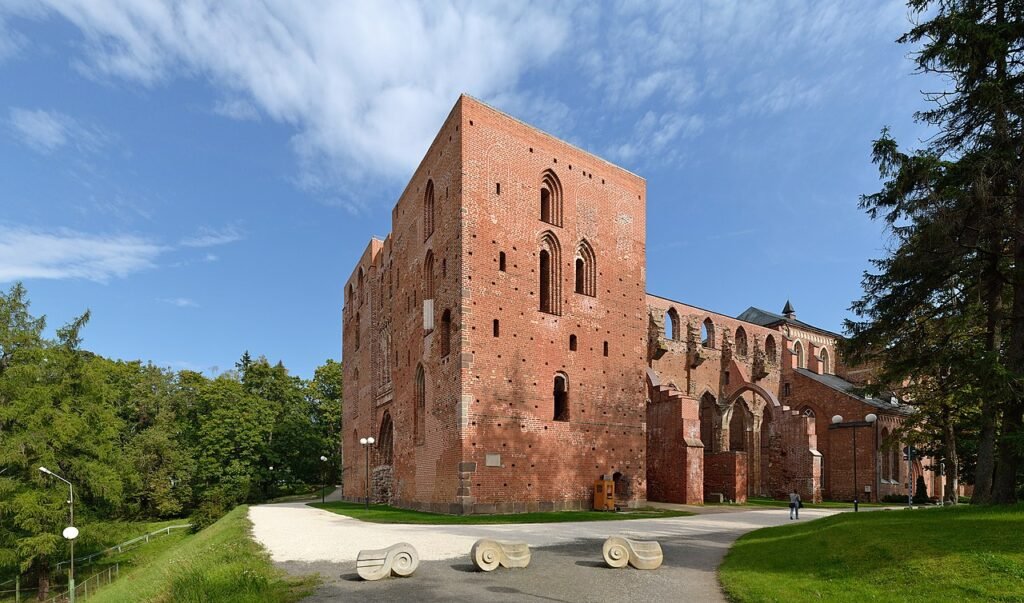
One of the most characteristic buildings in the city of Tartu is the cathedral. The church building was once an iconic structure in the city, but is now in a state of ruin. The church building, of unknown construction date, was a large and powerful structure that housed many of Estonia’s royal entities until its fall in 1224. The Gothic palace, which is a relatively new area, was built in the 13th century.

Alatskivi Castle

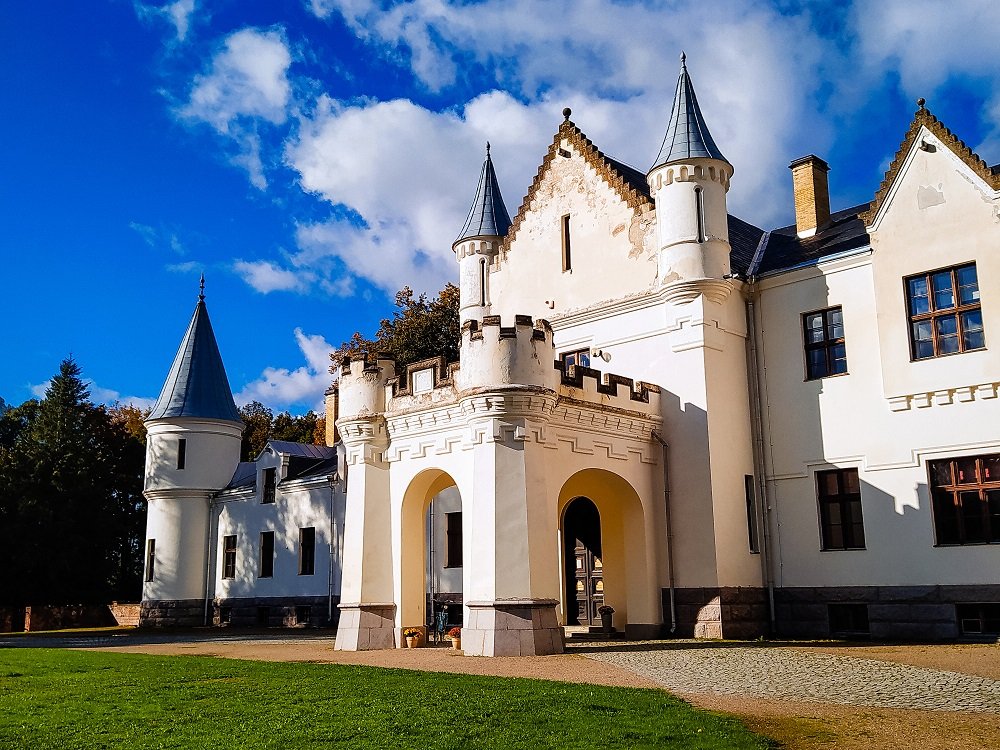
The castle was built in 1885 on the shore of Alatskivi Lake. It was inspired by the famous Balmoral Castle owned by the British royal family. On the tour, you can get acquainted with various legends and the extraordinary history of the castle. Also, you can take part in master classes, try on medieval costumes, and book a room in one of the towers.
Tagurpidi Maja (Peapeal OÜ)
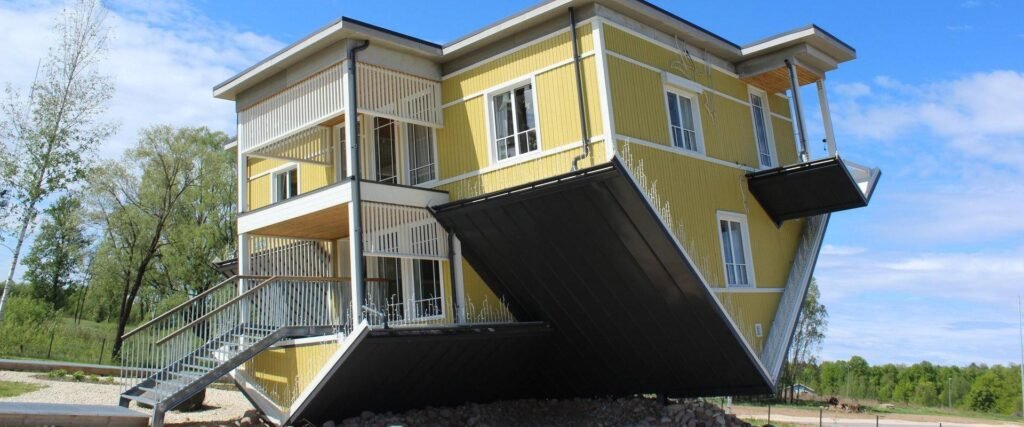

Ice Age Centre
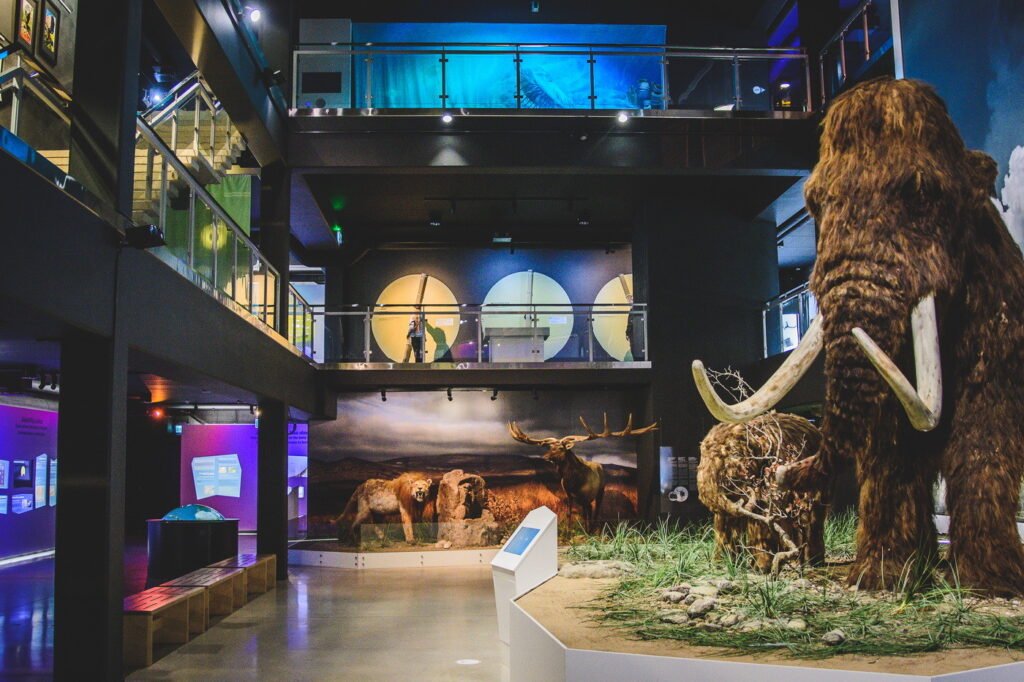

Ice Age Center, located on the shores of Lake Saadjärve in Tartu County. You can see life-size prehistoric animals, meet the most famous resident of the Ice Age Center – the mammoth, and gain a unique insight into how the nature of the world and Estonia has developed over the millennia.
KGB Museum of Prison Cells

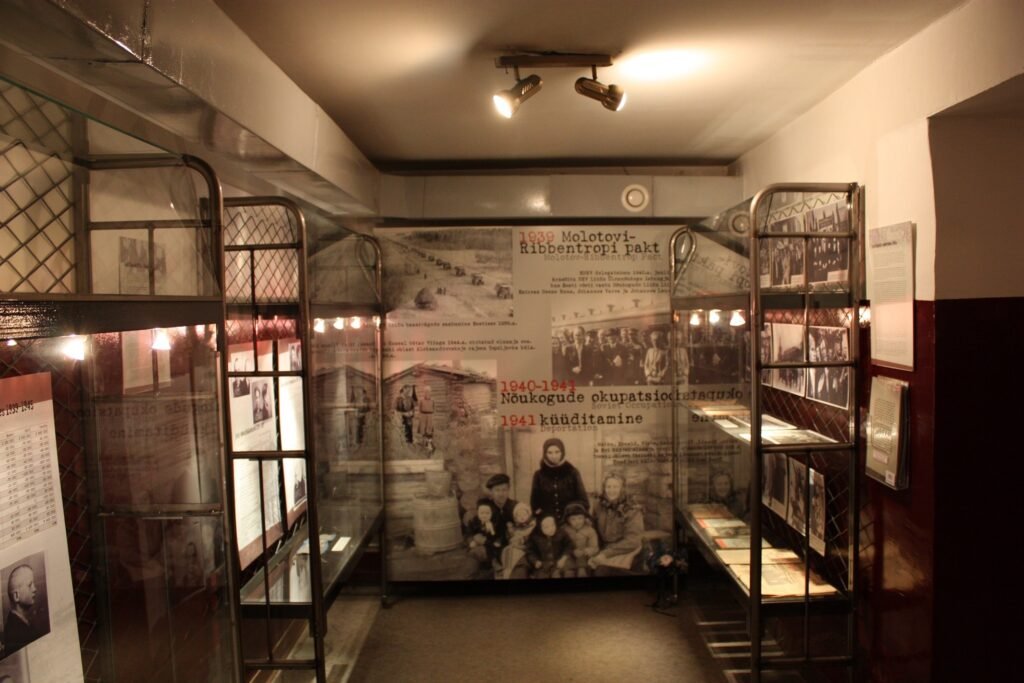
It is a branch of Tartu City Museum. The museum is located in the infamous grey building on Riiamägi Hill that the KGB used as their base of operations in Tartu during the 1940s and 1950s. The basement here was used as a pre-trial detention centre for political detainees. Now, many years later, it is open to visitors. Some of the cells (including those used for solitary confinement) and part of the corridor have been restored to their original appearance. The exhibition in its former jail cells provides an overview of World War II, the post-war anti-Soviet resistance in Estonia, the crimes committed by the communist regime and the conditions in the detention centre.
Town Hall Square

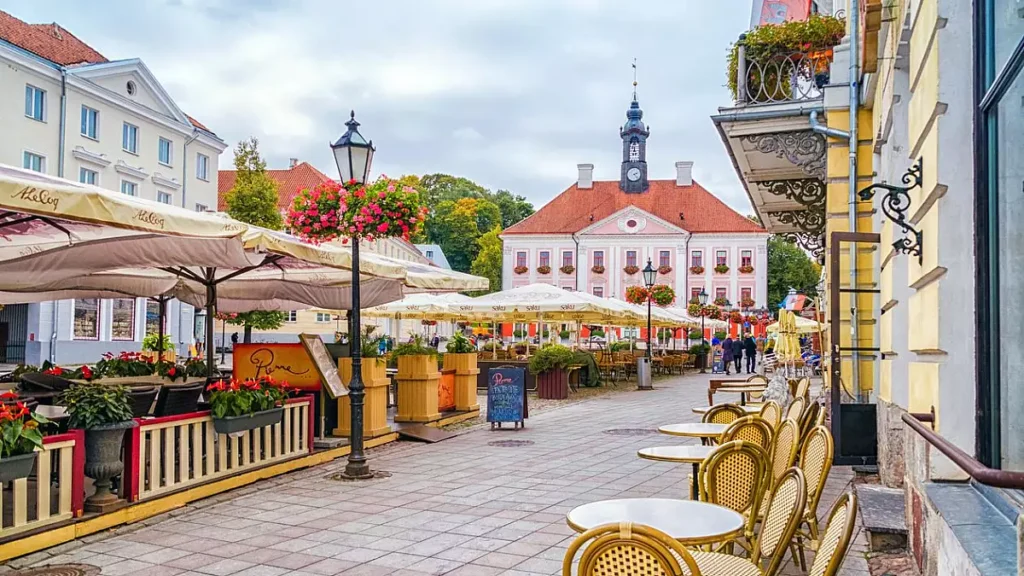
The Town Hall of Tartu is one of the most important symbols of the city. A prison and a weigh house were located on the ground floor of the Town Hall and the city government worked on the upper floors. The Tartu City Government still works in the Town Hall and the ground floor is used by Tartu Visitor Centre and pharmacy. The ground floor of the Town Hall is open for visitors.
Good to know: come listen to the chiming clocks in the tower of the Town Hall every day at 9 a.m., 12 p.m., 3 p.m., 6 p.m., and 9 p.m.
Skulptuur “Suudlevad tudengid” / ‘The Kissing Students’ sculpture and fountain

‘The Kissing Students’ sculpture and fountain is one of the most recognised symbols of Tartu. A fountain has stood in the same place since 1948, when newlyweds and their guests would visit it for luck, and people would also take a dip in it. The sculpture was created by Mati Karmin and completed in 1998. Since 2006 the fountain has been surrounded by tiles bearing the names of Tartu’s sister cities: Bærum, Deventer, Ferrara, Fredriksberg, Hafnarfjörður, Hämeenlinna, Kaunas, Lüneburg, Pihkva, Riia, Salisbury, Tampere, Turu, Uppsala, Veszprem and Zutphen. They are situated in the direction that the cities lie from Tartu, marking the distances.
Tagurpidi Maja (Peapeal OÜ)

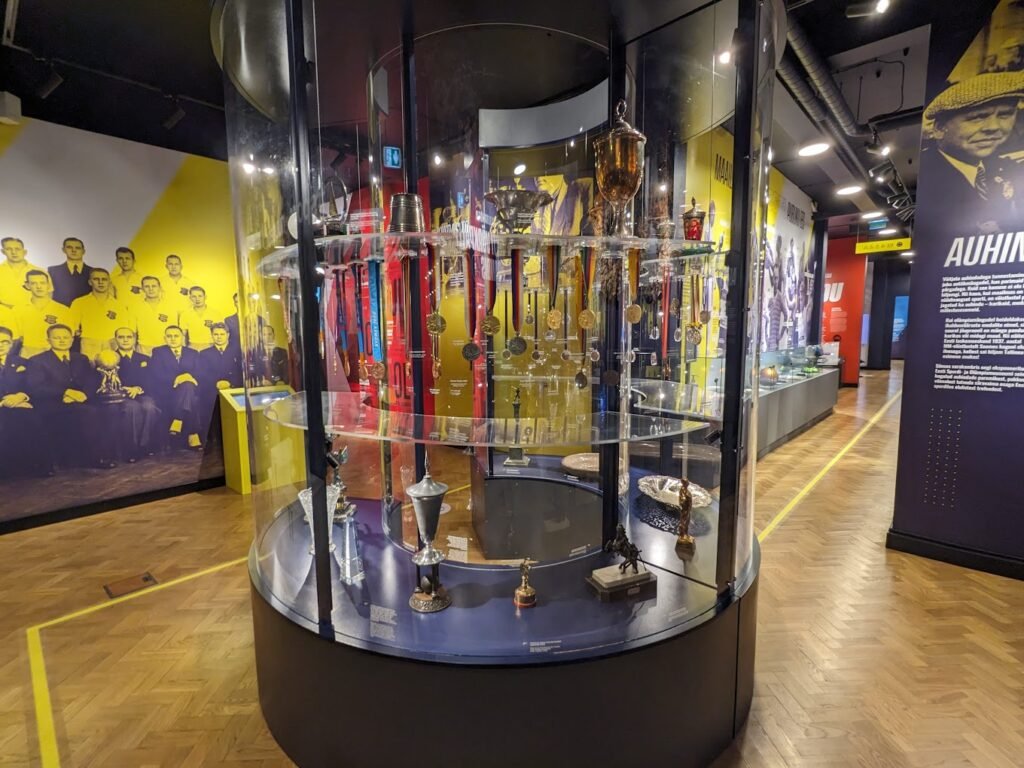
The Estonian Sports and Olympic Museum , founded in 1963 and modernized in 2020, is the largest sports museum in the Baltic states. The museum is located on Rüütli street in Tartu, Estonia. Before 2016, Estonian Sports and Olympic Museum was named Estonian Sports Museum.
Aura Waterpark
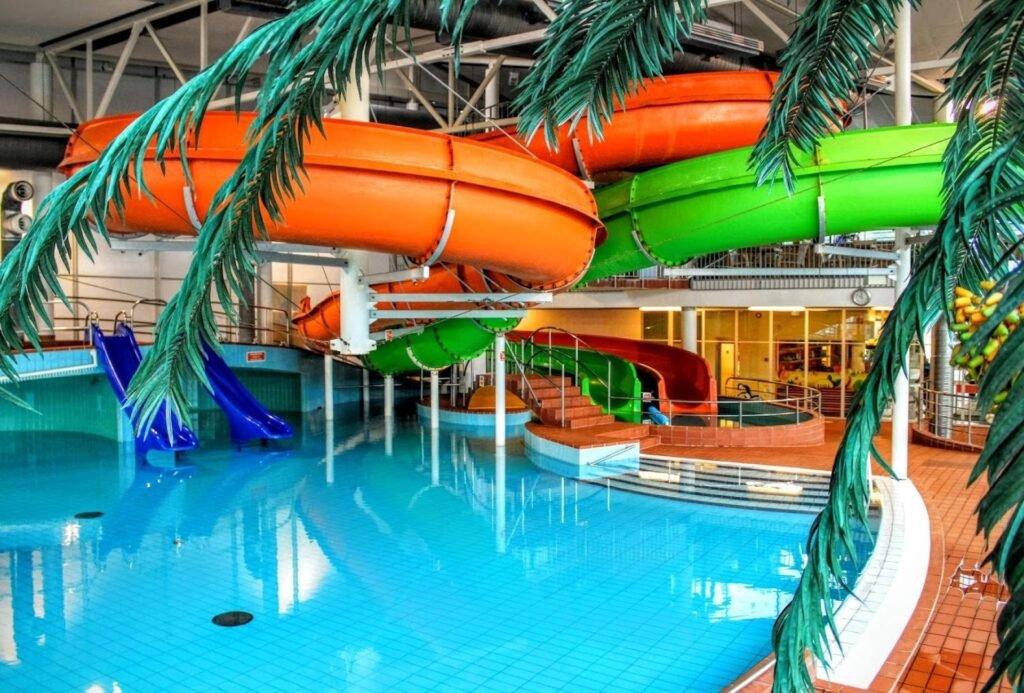
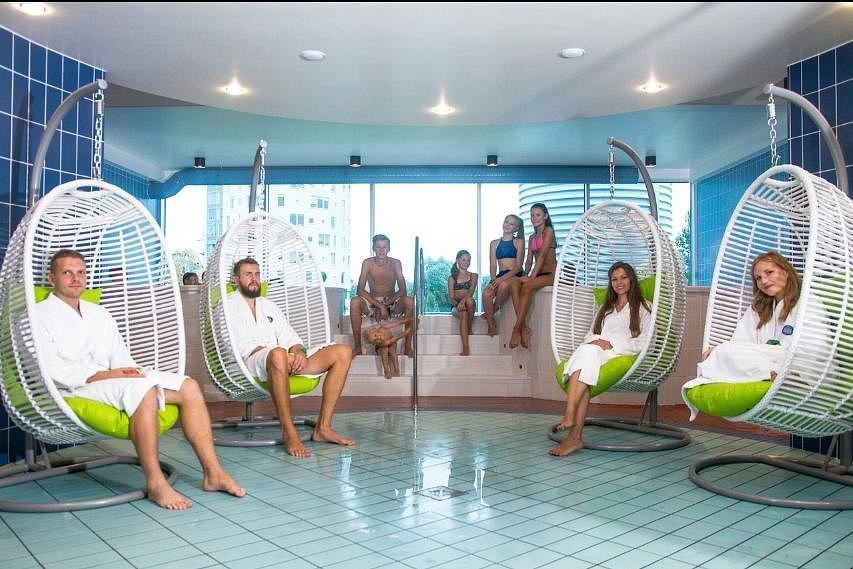
If you are looking for water fun and relaxation in Tartu, the indoor water park is the best choice for you. It features three exciting tube slides, including a 60-meter long slide equipped with mesmerizing light and sound effects and touch controls for an unrivaled interactive experience that is truly unique in Estonia. There are also 5 smaller water slides, waterfalls, a jacuzzi, fountains and several other pools, including a 25 x 50 m competition pool and a 25 x 8 m beginner pool. Visitors of all ages can relax in the tropical and desert rooms before exploring Estonia’s one-of-a-kind rain room.
